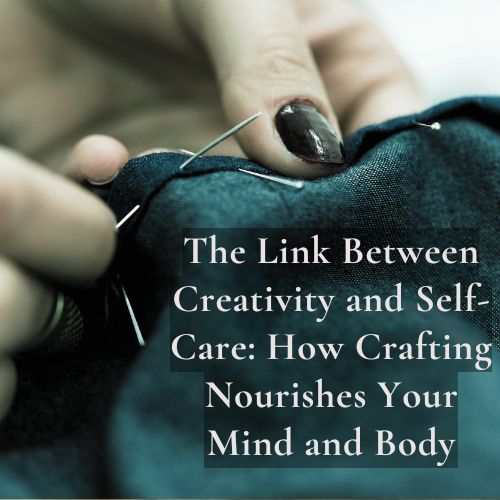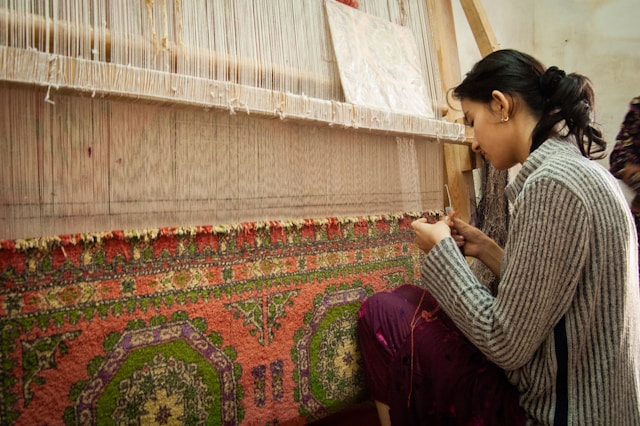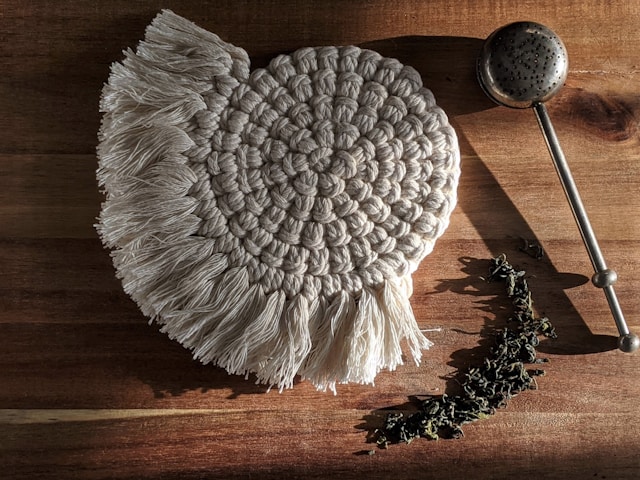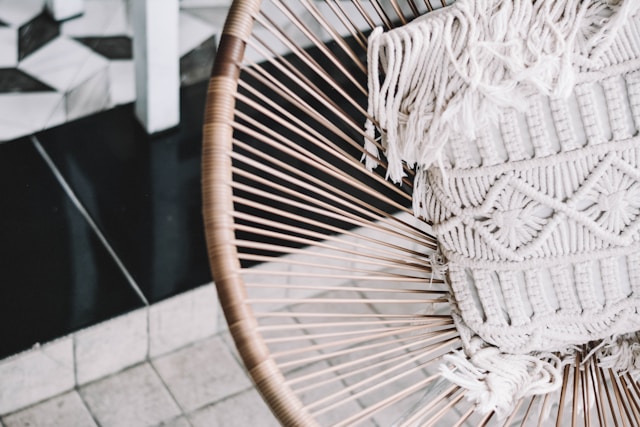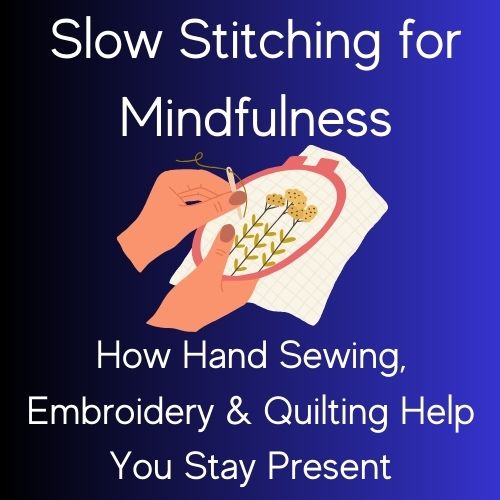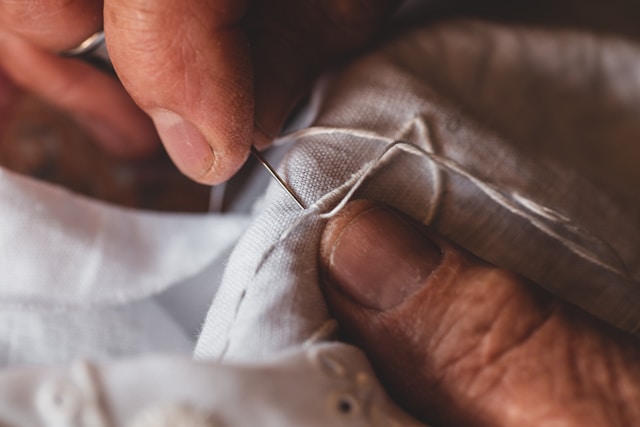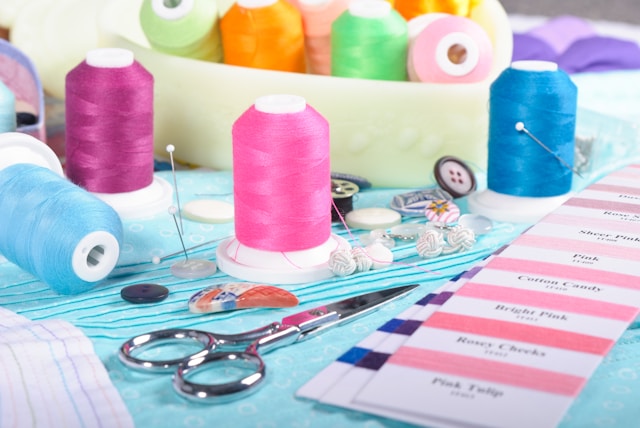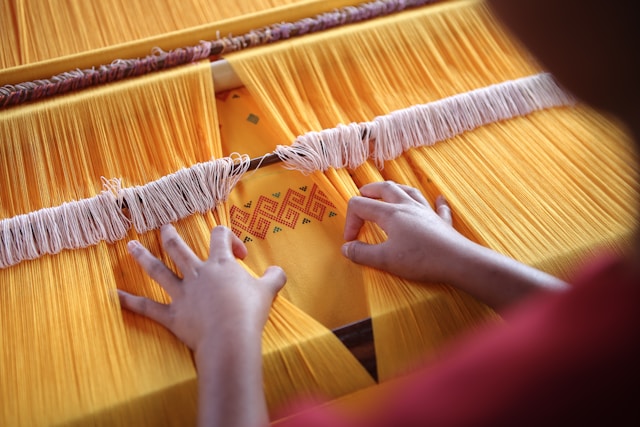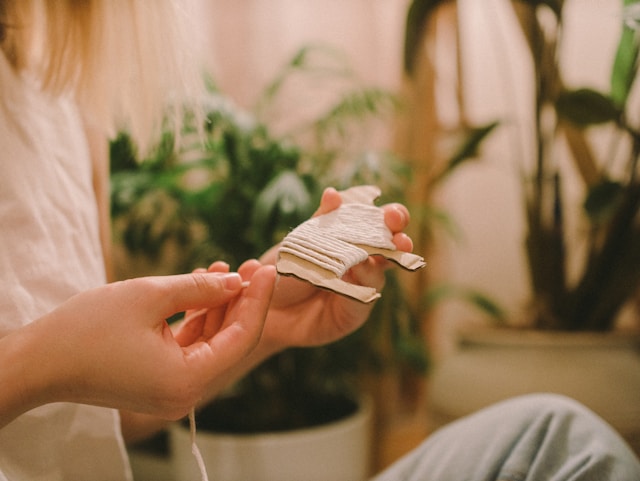If you’ve ever turned to knitting or crochet to calm your mind, you’re not alone. These fiber arts have long been used as stress relievers, helping people find focus, relaxation, and emotional balance through the simple act of working with yarn. But beyond just being enjoyable, knitting and crochet for anxiety are backed by neuroscience—showing that these crafts activate brain pathways that reduce stress, improve cognitive function, and boost overall well-being.
Whether you struggle with racing thoughts, overwhelm, or difficulty concentrating, knitting and crochet can serve as accessible, hands-on tools to help reset your nervous system. Below are 15 ways that these fiber arts support both mental clarity and emotional resilience.
15 Ways Knitting and Crochet Help with Anxiety and Focus
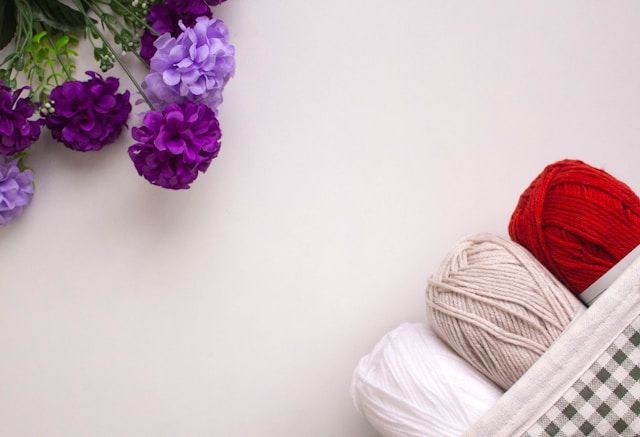
1. Engages the Hands, Frees the Mind
When your hands are occupied, your brain naturally shifts out of overthinking mode. The repetitive, rhythmic nature of knitting and crochet gives the mind a structured task to focus on, helping to quiet anxious thoughts.
- Interrupts the cycle of overthinking – When anxiety causes thoughts to spiral, knitting and crochet redirect mental energy into a structured, repetitive task, preventing the brain from dwelling on worries.
- Creates a natural focus anchor – The rhythmic motions of stitching act as a mental anchor, keeping attention grounded in the present moment rather than drifting into anxious thoughts.
- Engages the brain without overwhelming it – Unlike tasks that require intense concentration, knitting and crochet provide just enough mental engagement to be absorbing without feeling mentally exhausting.
- Encourages a sense of calm through predictability – Following a stitch pattern or counting rows offers a structured, repetitive process that helps the brain settle into a state of relaxation.
- Reduces cognitive overload – By giving your brain something tangible to focus on, knitting and crochet help clear mental clutter and reduce feelings of overwhelm.
2. Reduces Cortisol, the Stress Hormone
Studies show that repetitive movements, like those used in fiber arts, reduce cortisol levels, which helps regulate the body’s stress response. Over time, this can lead to a lower baseline of anxiety and greater emotional balance.
3. Provides a Fidget-Friendly Way to Release Nervous Energy
Many people with anxiety experience restlessness or the urge to fidget when feeling overwhelmed. The rhythmic motions of knitting and crochet offer a calming, repetitive action that can help discharge nervous energy without resorting to unhealthy coping mechanisms like nail-biting, leg shaking, or excessive phone scrolling.
4. Soothes Muscle Tension and Restlessness
Anxiety isn’t just a mental experience—it often manifests physically in the form of tense muscles, clenched jaws, restlessness, and general bodily discomfort. When the nervous system is in a heightened state of stress, the body holds onto tension, sometimes without you even realizing it. This can lead to tight shoulders, stiff necks, headaches, and an inability to fully relax, even when you’re trying to unwind. Many people with anxiety also experience fidgeting, leg shaking, nail-biting, or other restless behaviors, as their body searches for ways to release pent-up nervous energy.
The gentle, rhythmic movements of knitting and crochet provide a natural, soothing way to release physical tension. The repetitive motions engage the hands and upper body in a fluid, controlled activity, helping to loosen tight muscles and shift the body into a more relaxed state. This slow, steady motion can act as a form of self-regulation, calming jittery hands while simultaneously quieting the mind. Over time, regularly engaging in fiber arts can help train the body to associate crafting with relaxation, creating a built-in stress relief practice that helps counteract muscle tension and physical discomfort caused by anxiety.
5. Provides a Tactile Soothing Experience for Sensory Overload
Anxiety can heighten sensory sensitivity, making loud noises, bright lights, or chaotic environments feel overwhelming. The soft textures of yarn, the feeling of stitches forming, and the quiet, repetitive movements of fiber arts create a soothing sensory experience that can help regulate an overstimulated nervous system.
6. Acts as a Grounding Technique
Grounding techniques help bring you back to the present moment, reducing anxiety by shifting focus away from distressing thoughts. The tactile experience of yarn, the feel of stitches forming, and the motion of the needles or hook all act as grounding tools to keep you anchored in the now.
5 Crafter’s Grounding Techniques to Try:
- Texture Awareness Exercise – Close your eyes and focus on the feel of the yarn or fabric in your hands. Notice its texture, warmth, and weight as you work each stitch.
- 5-4-3-2-1 Crafting Method – While knitting or crocheting, identify five things you can see, four things you can touch, three sounds you can hear, two things you can smell, and one thing you can taste to bring full sensory awareness to the moment.
- Slow Stitching with Intention – Work each stitch extra slowly and deliberately, paying attention to the movement of your hands and the way the thread or yarn loops and connects.
- Breath-Stitch Syncing – Match your breathing to your stitching—inhale as you insert your hook or needle, exhale as you pull the yarn through—to regulate your nervous system and stay present.
- Color Focus Exercise – Select a yarn or fabric color that represents how you want to feel (calm, safe, strong) and concentrate on that color’s energy as you work, visualizing it bringing you back to the present.
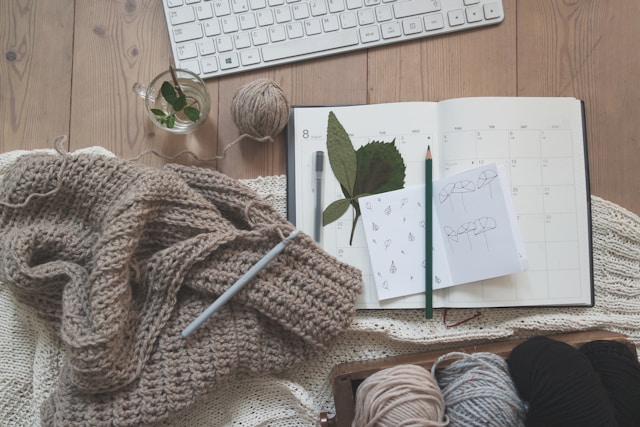
7. Encourages Deep, Rhythmic Breathing
Have you ever noticed how your breathing slows when you’re immersed in stitching? The steady hand movements of knitting and crochet encourage natural, deep breathing, which is proven to lower anxiety and improve focus.
8. Helps Interrupt Cycles of Overthinking and Rumination
Anxiety often leads to rumination—repeating the same worries over and over in your mind. Knitting and crochet offer a structured, rhythmic activity that provides just enough focus to redirect looping thoughts, breaking the cycle of mental overactivity.
9. Gives a Sense of Control in Chaotic Times
When life feels overwhelming, knitting and crochet offer a sense of structure and predictability. Following a pattern or repeating simple stitches can create a calming sense of order, helping to counteract feelings of chaos.
10. Provides an Alternative to Screen Time That Won’t Overstimulate Your Brain
Many people use their phones or TV to unwind, but too much screen exposure—especially before bed—can increase anxiety, disrupt sleep, and overstimulate the nervous system. Knitting and crochet offer a calm, screen-free way to relax while still keeping the hands engaged.
11. Helps You Feel Productive Without Pressure
Anxiety often creates a feeling of needing to be productive while also feeling overwhelmed by everything on your to-do list. Knitting and crochet allow you to do something purposeful without the pressure of deadlines or expectations, making them an ideal balance between rest and productivity.
12. Provides a Safe, Healthy Routine for Unwinding Before Bed
Many people with anxiety struggle with racing thoughts at night. The repetitive movements of knitting and crochet naturally slow brainwave activity, making it easier to relax into a restful state. Many crafters find that even just 10–15 minutes of stitching before bed helps improve sleep quality.
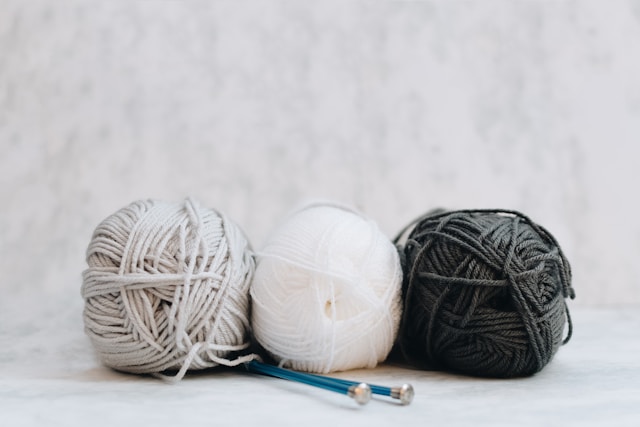
13. Encourages Mindfulness Without Forcing Stillness
For those who struggle with traditional meditation, knitting and crochet provide a way to practice mindfulness while staying engaged. The repetitive nature of the stitches allows you to stay present without forcing yourself into stillness.
14. Helps Process Emotions Nonverbally
Not all emotions are easy to put into words, but they can still be processed through movement and creativity. Many knitters and crocheters find that working with yarn helps them work through feelings of grief, anxiety, or frustration, even without consciously thinking about it.
15. Fosters Connection and Community Without Social Pressure
Anxiety can sometimes make socializing feel overwhelming, but knitting and crochet provide a way to connect with others in a low-pressure environment. Whether through a knitting circle, a virtual craft group, or simply gifting handmade items, fiber arts allow for meaningful social interaction without the stress of forced conversation.
Next Steps: Using Knitting and Crochet for Anxiety Relief
The benefits of knitting and crochet for anxiety go beyond simple relaxation—these crafts offer a sustainable, science-backed way to manage stress and improve focus. If you want to make the most of their therapeutic benefits:
✔ Dedicate time to crafting as part of your daily or weekly self-care routine. Even short, mindful crafting sessions can make a difference.
✔ Choose projects that feel enjoyable and stress-free. Repetitive stitch patterns or simple designs often work best for relaxation.
✔ Take your craft with you. Use knitting or crochet as a portable tool for managing anxiety, whether you’re traveling, waiting in line, or winding down for bed.
✔ Explore creative communities. Sharing your craft with others can enhance the emotional benefits of making.
If you’re looking for ways to deepen your connection to mindful crafting, the Craft to Heal year-long workshop series explores the many ways fiber arts can support emotional well-being, focus, and relaxation.
🧶 Want to learn more? Click here to join Craft to Heal.

